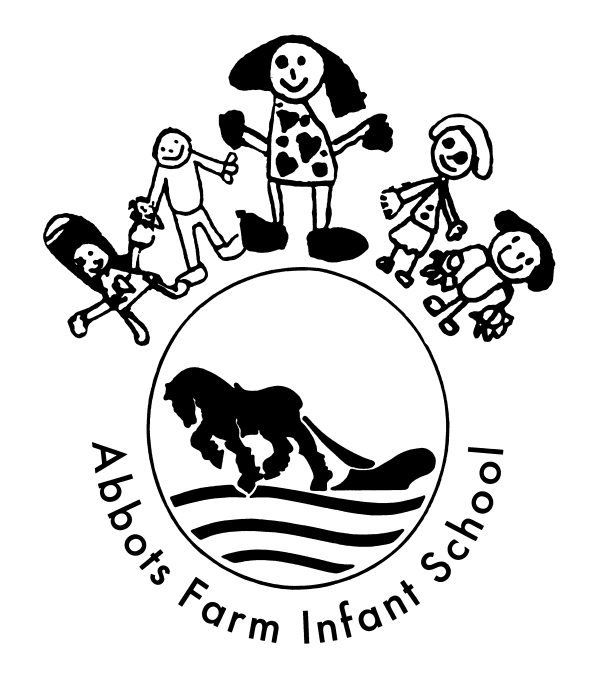Effective learning behaviours are critical to building self-assured, confident and intelligent young minds. While these characteristics underpin the Early Years curriculum, at Abbots Farm Infant School, we consider that they are at the heart of all children’s learning, supporting the development of positive learning behaviours and attitudes across school.
What is Characteristics Of Effective Learning?
Children learn through exploring, navigating and coming to their own conclusions. Traditional learning is more about what a teacher can impart on a child, whereas effective learning is more of a guided process. Adults create an enabling environment that encourages and facilitates learning by adding key elements that ensure this is done. What a child learns is ultimately up to them.
Why Is Effective Learning Important In Early Development?
During their early years children are naturally inquisitive, intuitive and self-motivated. Learning and exploring come naturally to them. They want to interact with the world around them and the things they encounter. An effective learning environment encourages these characteristics in children and helps their development. When given the resources to learn and engage children can develop emotional intelligence and succeed academically and in life in general. They will ultimately become critical thinkers, lifelong learners, resilient and embrace change, creativity and new ideas. All as a result of their early childhood learning that promoted these qualities.
The Characteristics Of Effective Learning:
Effective learning is underpinned by these characteristics:
Playing and Exploring:
- Finding Out and Exploring: Our children engage with the environment and participate in sensory play. Play that stimulates their senses – sight, sound, taste, touch and smell. Through this type of play they’re able to understand the world around them.
- Being Willing To Try Something New: Trying new things helps children build confidence and resilience and therefore new activities are included in our learning areas and children encouraged to participate. These new activities are based on a child’s developmental stage.
- Playing With What They Know: To develop their skills children need to continuously play with certain toys or participate in certain activities. This way they’re able to master certain skills. In our learning environment children can choose toys and activities they’re familiar with.
Active Learning:
- Being Involved and Concentrating: Activities are set out in a manner that encourages lengthier involvement. This ensures children are able to concentrate until they’ve accomplished a set goal. Children are allowed to choose these activities themselves but they can also be added to a routine or be children are encouraged to try some to ensure they are progressing. The time it takes to complete the activity is age appropriate and based on a child’s ability. This way we are not setting them up to fail. Instead, the activity is made increasingly harder as they develop the necessary skills.
- Continuously Trying: To develop their skills, activities are laid out in a manner that encourages perseverance. When children encounter activities that they find hard to master they may be inclined to give up. An adult will take this opportunity to step in and encourage them to continuously try and remain motivated until they’ve accomplished it.
- Enjoying Achieving What They Set Out To Do: This is an important opportunity for a child to learn the benefits of perseverance. Once they’ve accomplished something we allow them to take pleasure in that accomplishment and focus on that moment. This feeling forms the foundation of their ability to persevere in future and helps them build resilience and confidence.
Critical Thinking:
- Developing Their Own Ideas: For a child to excel they need to be given the space to develop their own ideas. We allow them to ask questions and indulge their curiosity and imagination through the activities set.
- Making links and “connecting the dots”: Our planned activities help children develop an understanding of how the world functions by seeing that by doing something in a certain way they’ll reap a specific outcome. On the way to this, however, there is a lot of trial and error. But this allows them to discover what works, why it works and what doesn’t and use these skills in future.
- Choosing A Way To Do Things: Once a child has learnt through “trial and error” they learn quicker and initiate more challenging tasks. We allow them the opportunity to make choices about how they do things. This results in the children having the self-confidence and skills to put what they’ve learnt in the past into action.
